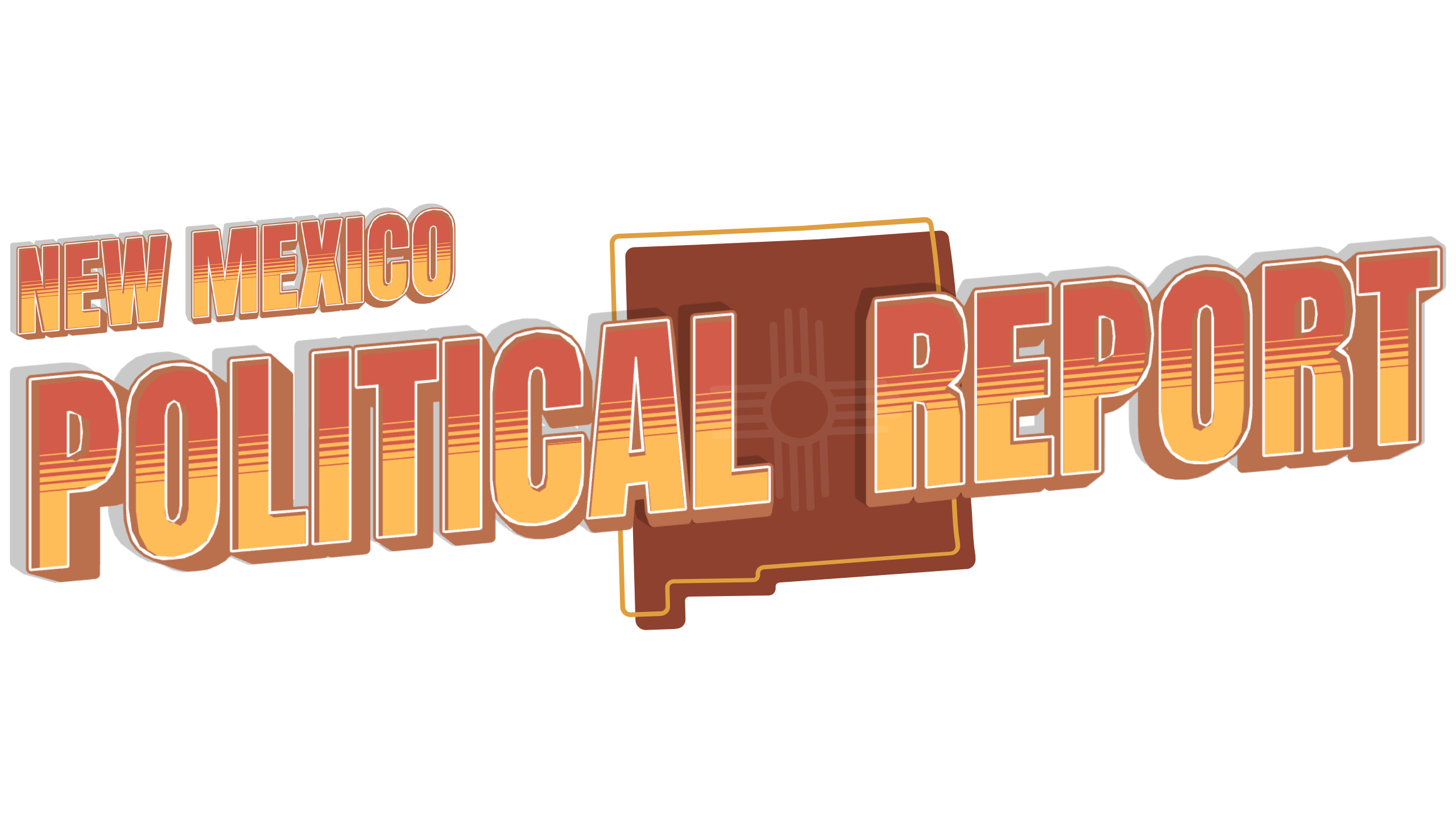
Alex Ross is a senior politics and legislative reporter for the New Mexico Political Report. He began his career in daily journalism in Montana and previously worked as a breaking news and politics reporter.
At midnight on Wednesday, the federal government went into shutdown mode, and if the last shutdown was any indication, New Mexico is sure to feel it.
For 35 days between Dec. 22, 2018, and Jan. 25, 2019, the nation experienced the longest government shutdown in its history. It happened during President Donald Trump’s first term when he refused to sign a spending agreement that did not contain money for the construction of a wall along the southern border.
Trump would eventually sign that bill, but it came at a high cost and with much chaos. The lapse in funding led to an $11 billion loss in economic output, including $3 billion that was never recovered. It also delayed $18 billion in federal spending.
New Mexico was disproportionately impacted. A study from WalletHub found that Washington, D.C, was the only place in the U.S more affected by the shutdown. The survey found that distinction was driven partly by the high number of families in New Mexico receiving benefits from the Supplemental Nutrition Assistance Program (SNAP) and the amount the state received per capita for federal contracts.
When the shutdown happened, 380,000 federal employees were furloughed nationwide. Of the 21,954 federal employees in New Mexico. Sen. Tom Udall, D-N.M., estimated that conservatively 10,800 were furloughed. Those employees were able to apply for unemployment benefits, but once they returned to work and received back pay, they had to repay the state for any benefits they received during that period.
To help federal government employees navigate the uncertainty of a government shutdown, many municipalities and utilities instituted programs to allow those employees to keep their lights on, phones in service, and water running. The Albuquerque Bernalillo County Water Utility Authority and the city of Roswell, for example, allowed furloughed federal employees to defer payments on their water bills.
Other federal employees in New Mexico were forced to go to work without pay. In New Mexico, that included border patrol agents and between 800 and 1,000 employees of the U.S. Border Patrol Academy at the Federal Law Enforcement Training Center (FLETC) in Artesia.
Portions of national parks, such as Carlsbad Caverns National Park, remained open during the shutdown, though its visitor center and famed caverns were closed. However, those parks operated with diminished staff, leading to overflowing trash cans, deferred maintenance and damage to those sites.
New Mexico had to step in to provide stability and fill the void left by the federal government, issuing monthly SNAP benefits earlier than usual to the 223,000 households across the state that depended on the program for food assistance.
For federally recognized tribes, the shutdown brought their governments to a standstill. A letter from the Navajo Nation said the ability to draw down federal funds, process certain documents and provide services to its citizens.
The duration and effects of the latest shutdown are still coming into focus. But if the last major shutdown is any guide, it will be accompanied by heartburn, especially in New Mexico.

Yes Alex, closing the government hurts Americans, Democrats closed our government because they don’t like Trump and they want our tax dollars to go to illegal immigrants vs Americans! The democrats have chased many of the doctors out of our state also! Thank you for covering this subject!!!